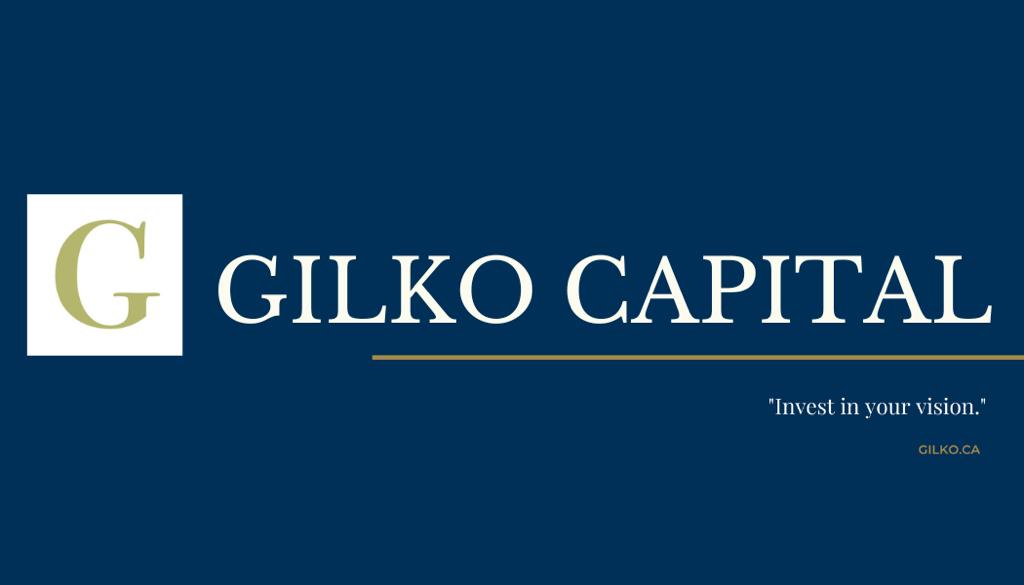As urban areas continue to grow and expand, developers are looking for new ways to utilize land within city limits. Infill development, the process of redeveloping underutilized or vacant land within established urban areas, has become increasingly popular in Canada. If you are considering an infill development project, there are several key factors you should keep in mind, particularly when it comes to financing. In this article, GILKO CAPITAL will explore the ins and outs of infill development financing in Canada.
What is Infill Development?
Infill development is the process of redeveloping land in an established urban area that is currently underutilized or vacant. This can include everything from repurposing existing buildings to constructing new ones on vacant lots. Infill development can be a more sustainable way of developing cities, as it can help to reduce sprawl and the need for new infrastructure. It can also help to revitalize neighborhoods and bring new life to areas that have been neglected.
Financing Infill Development
Financing an infill development project in Canada can be more complex than financing a development in a greenfield area. One of the main challenges is securing financing for a project that may not have a proven track record of success, particularly if the area has been neglected or overlooked in the past. However, there are a few key strategies that developers can use to secure financing for infill development projects.
First, it is important to have a well-developed business plan and financial projections. This can help to convince lenders that the project is viable and has a good chance of success. Developers should also be prepared to provide detailed information about the local market and the demand for the type of development they are proposing.
Second, developers should consider alternative sources of financing, such as mezzanine financing or equity financing. These types of financing can be particularly useful for infill development projects, as they can be more flexible and may be able to take into account the unique challenges of financing in established urban areas.
Third, developers should work closely with a lender who has experience financing infill development projects. This can help to ensure that the lender understands the unique challenges and opportunities of infill development and can provide tailored financing solutions.
Challenges of Infill Development Financing
Infill development financing in Canada is not without its challenges. In addition to the issues discussed above, there are a few other challenges that developers should be aware of. For example, infill development projects may face higher construction costs than greenfield projects, as they may need to work around existing structures or infrastructure. Developers may also face regulatory hurdles, such as zoning restrictions or historic preservation requirements.
Another challenge of infill development financing is the need to balance the financial viability of the project with the needs and desires of the local community. Infill development projects can be controversial, particularly if they involve tearing down existing structures or changing the character of a neighborhood. Developers should be prepared to engage with the local community and address any concerns that may arise.
Conclusion
Infill development is an increasingly popular way to utilize underutilized or vacant land in urban areas in Canada. However, financing an infill development project can be more complex than financing a development in a greenfield area. Developers should be prepared to develop a well-thought-out business plan and consider alternative sources of financing. They should also work closely with a lender who has experience financing infill development projects. Finally, developers should be prepared to navigate the unique challenges of infill development, including regulatory hurdles and community engagement. With the right approach, infill development can be a rewarding and profitable way to develop cities in Canada.

